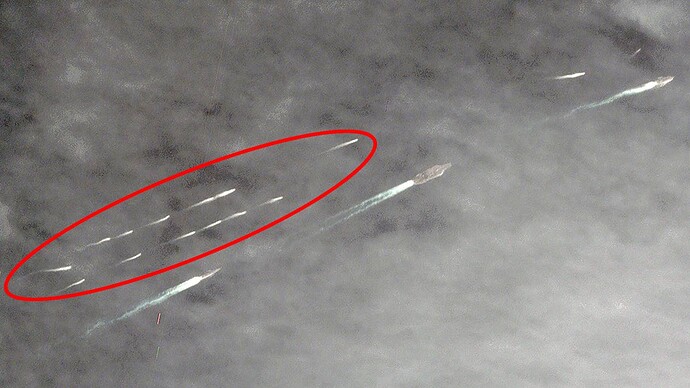How will the conflict in the Ukraine come to an end? What will the aftermath look like? Some thoughts:
There was a little-noticed news item about an old Ukrainian Russian-made drone/cruise missile which went off course, flew across Hungary into Croatia and crashed near Zagreb, fortunately causing little damage.
Tu-141 “Strizh” Missile-Like Drone From The War In Ukraine Looks To Have Crashed In Croatia (Updated) (thedrive.com)
What if that Ukrainian drone had instead crashed in Germany causing substantial damage? NATO would have retaliated against an apparent Russian attack, the situation would have escalated to a thermonuclear war leaving most cities in Europe, the US, and Russia in ruins. China would have been left as the ruler of a very different planet.
The probability of that kind of outcome is low – but definitely above zero. Surprises & accidents happen in real war zones. If that is the end state of the current conflict, I would simply like to take this opportunity to thank Mr. Walker for having set up this fine site. It has been fun!
The other pole would be that Russia achieves its military aims in the Ukraine (despite Twitter assuring us that Russia has been losing all along). Russia then gives a wink to China. China pulls in France & Germany, and the three of them negotiate a settlement in which Ukraine gives Russia what it wants.
Russia would undoubtedly demand that the Ukraine not re-arm, and that all the US-funded Fauci labs be destroyed. That would require Chinese troops as peacekeepers, especially on the western border of the Ukraine. Ukraine would want assurances that Russia will not attack again, which would require French & German troops on the eastern border with the independent Donbass. Ukraine will need a lot of investment to recover from war damage – which China will be able to supply, for a price.
Meanwhile, the West’s sanctions would stagger on, creating opportunities for smart traders and problems for Russia which are unpleasant but survivable. More importantly, following from Western seizure of Russian reserves, everyone in the world will start tiptoeing towards the exit. Steadily, China and others will liquidate their reserves in Western banks, leading to dramatic drops in the value of Western currencies (especially the Dollar) and huge – possibly existential – financial challenges to the West. NATO collapses, and China emerges as the “essential nation”.
One way or another, the world will never be the same again – just as it was never the same again after an anarchist shot an aristocrat.

